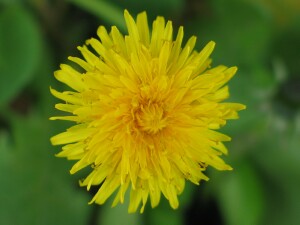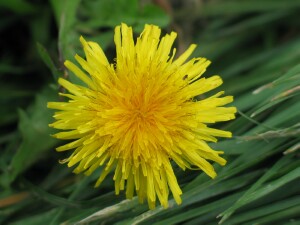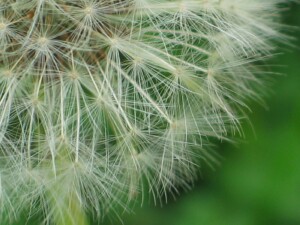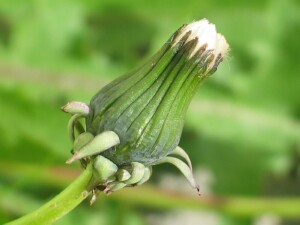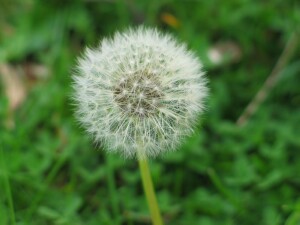Dandelion
Back | Salinity Indicator Plants Home | Common name home | Scientific name home | Photo Gallery | Glossary
| Dandelion photos | Family: Daisy (Asteraceae syn. Compositae) |
| Scientific Name: | Taraxacum spp. (syn. Taraxacum officinale spp. agg.) | 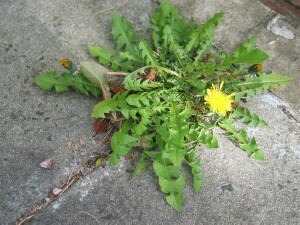 Dandelion plant Photo: A J Brown | |||||
Status: | Native to Europe and Asia. Naturalised in Australia and New Zealand. | ||||||
Plant Description: | Tap-rooted perennial herbs with lanceolate (spear shaped) to oblanceolate (spear point attached to stem) from 5-40 cm long and hairless or with a few scattered weak hairs. Leaves are variously lobed but points nearly always point backwards. Flower-heads about 4.5 cm diameter and ‘petals’ yellow. Involucre (flower-cup) bracts can be erect or reflexed (curved backwards). Fruit is a cypsela or achene (dry, indehiscent and single seeded) with a pappus (children’s tick-tock) to aid wind dispersal. | ||||||
Habitat: | Scattered throughout the wetter parts of Victoria. Grows in gardens, farmland, waste places and in undisturbed native vegetation. Can grow on the edges of swamps, creeks and lakes and appears to have slight salt tolerance, but this probably depends on the species or subspecies involved.
| ||||||
Comments: | There are about 2500 species of Dandelion but species delimitations for Australia are unclear. The Flora of Victoria (1994) list two Australian native species (Native Dandelion – T. cygnorum from the far south-west and Mountain Dandelion – T. aristum from the subalpine ranges) and one species group, one unnamed species and four sections containing the introduced species. Differences among the introduced species (or sections) mostly relate to fruit colour, size and shape of the involucre bracts and the shape of the leaf lobes. It is not the intention to separate species in the current account. The Dandelions belong to a group of mainly yellow-flowered daisies in the Tribe Lactuceae. The plants in this tribe are characterised by having a basal rosette of leaves (flat-weeds), milky sap in their stems and their flower-heads consisting entirely of ray florets (i.e. no ‘eye’ to the daisy). Other species which appear most similar to Dandelion, include Lesser Hawksbit, Native Yam Daisy and the Cats-ear species. See Key to Yellow Daisy Flat-weeds. | ||||||
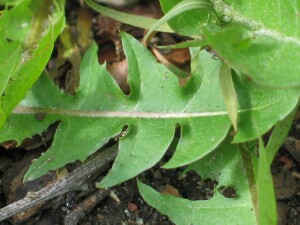 Dandelion leaves Photo: A J Brown | 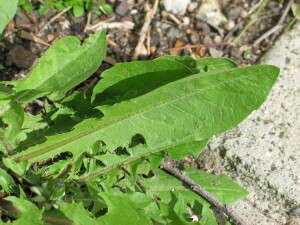 Dandelion leaves Photo: A J Brown |
|
|
|
|
|

